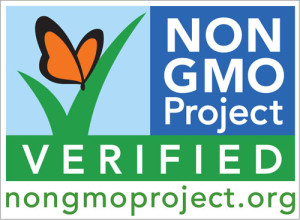Since the first genetically modified crop (the Flavr Savr tomato) was approved by the FDA in the US in 1994, genetically modified foods have found their way into almost all processed foods available in Canadian grocery stores. It makes sense to understand what GMO means and what impacts it will have on our everyday life.
What Is Genetically Modified Food?
Genetically modified foods refer to foods derived from biotechnology, and are commonly known as GM or GE (genetically engineered) foods. GMO stands for genetically modified organism. The GM foods are created by merging DNA from different species.
GM Foods In Canada
Among the GM foods approved in Canada are corn, soybeans, squash, tomatoes, canola, potato, among others. For an exhaustive list of GM foods approved in Canada, please refer to Health Canada’s website. Please note that GM foods are considered one class of “novel foods”, which, as defined by Health Canada’s Guidelines for the Safety Assessment of Novel Foods, is
- a substance, including a microorganism, that does not have a history of safe use as a food;
- a food that has been manufactured, prepared, preserved or packaged by a process that
- has not been previously applied to that food, and
- causes the food to undergo a major change; and
- a food that is derived from a plant, animal or microorganism that has been genetically modified such that
- the plant, animal or microorganism exhibits characteristics that were not previously observed in that plant, animal or microorganism,
- the plant, animal or microorganism no longer exhibits characteristics that were previously observed in that plant, animal or microorganism, or
- one or more characteristics of the plant, animal or microorganism no longer fall within the anticipated range for that plant, animal or microorganism.
(It’s J.A.B. who added the underline on the quoted text)
GM Food Labeling
In the European Union, it’s mandatory to label GM food as such; while US and Canada do not require the GM food or ingredients to be labeled on food package. Some states in the US have passed laws to require mandatory labeling of GM foods, but those big name companies are lobbying the US Congress to forbid such laws at the state level. In Canada, GM labeling is done on a voluntary basis.
There are, however, groups that have created voluntary Non-GMO certification.

Safety of GM Foods
The safety of GM foods to human health is unproven (as in the above-quoted definition of novel foods, “does not have a history of safe use as a food“); besides, GM foods might cause environmental damage. As GM crops become more widely planted, the biodiversity would be greatly reduced, causing unforeseeable consequences to the life forms on our dear planet.
Alternatives to GM Foods
Before the governments decide to label GMO foods, it will not be easy to avoid them even if one wants to, as they are almost in all processed foods available. To avoid GM foods, try eating organic, buying organic or sustainable food, buy food that is Non-GMO Project Verified. Of course you can grow your own food in your backyard or even your balcony.
 EatingOrganic.CA eating healthy, ethical & eco-friendly
EatingOrganic.CA eating healthy, ethical & eco-friendly
